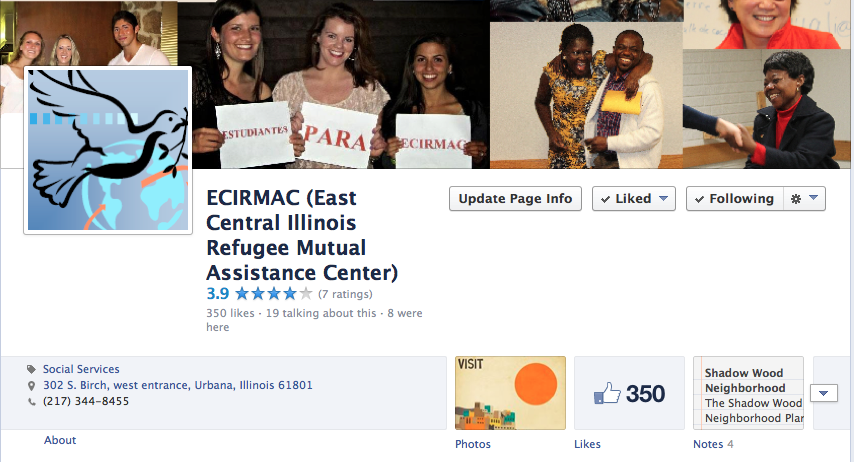Student Reflection

Picture is from sasaki.com by Kelly Klus As many of my friends and I have been thrown into the reality of graduation, I’ve had several reflective conversations about the Champaign-Urbana community. C-U has an unbelievable amount of resources and opportunities, of nooks and crannies that are impossible to explore within four years. The campus community has so much to offer in the form of RSOs, clubs, fascinating research, professionals and experts in any given field; the surrounding community has even more to add. ECIRMAC and SOAR were two of these niches that I feel very fortunate to have had the opportunity to explore some of the great diversity CU has to offer- especially grateful that these two organizations allowed me to explore diversity that was not centered in the University experience. According to ECIRMAC’s website, 24.3% of Urbana’s residents speak a language other than English at home, more than the reported 20.1% nationwide. Getting to interact with a portion of th...









